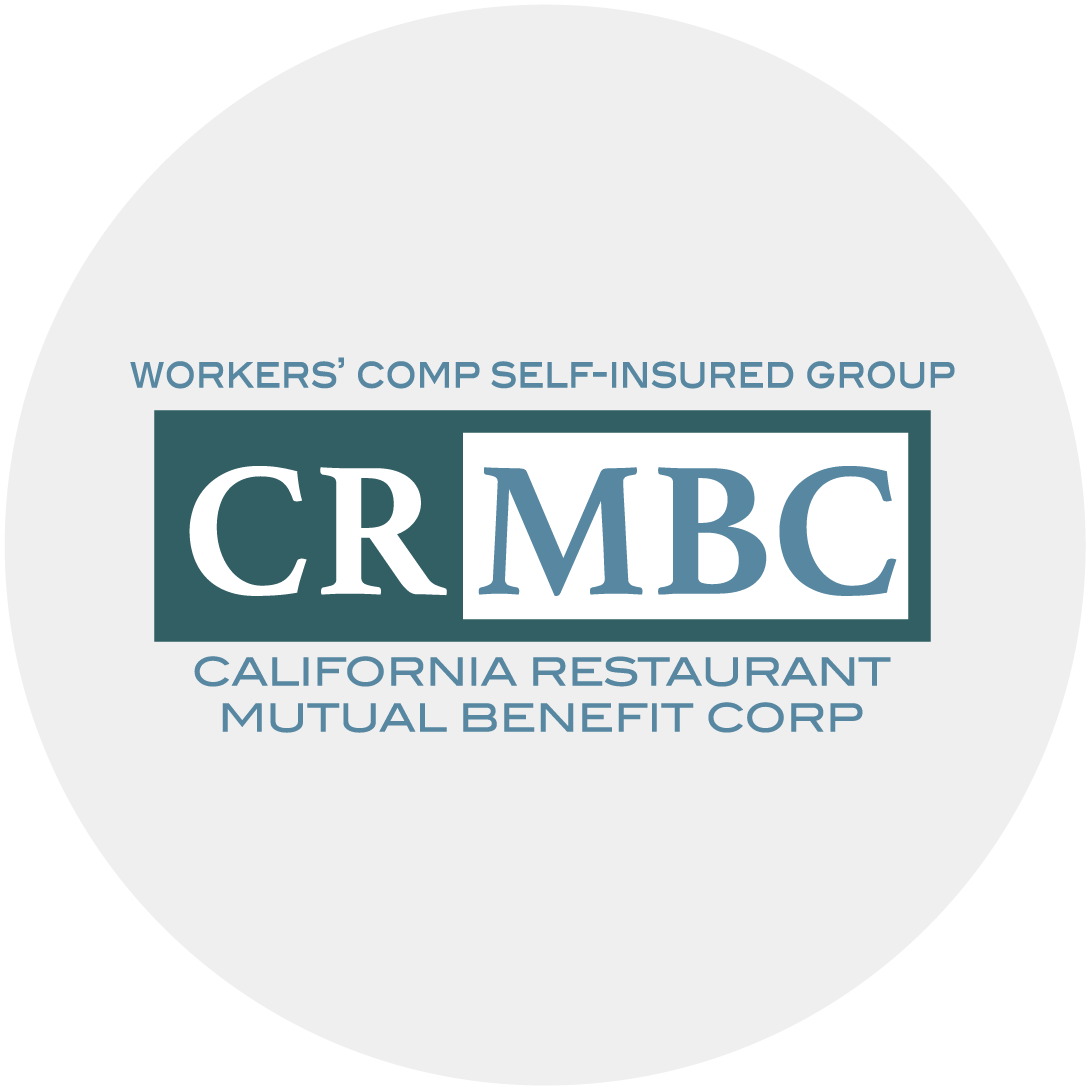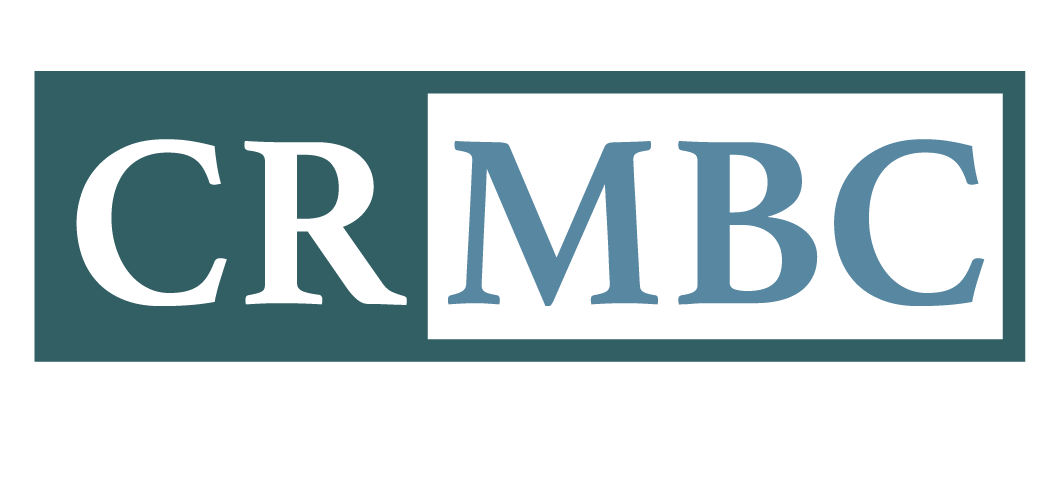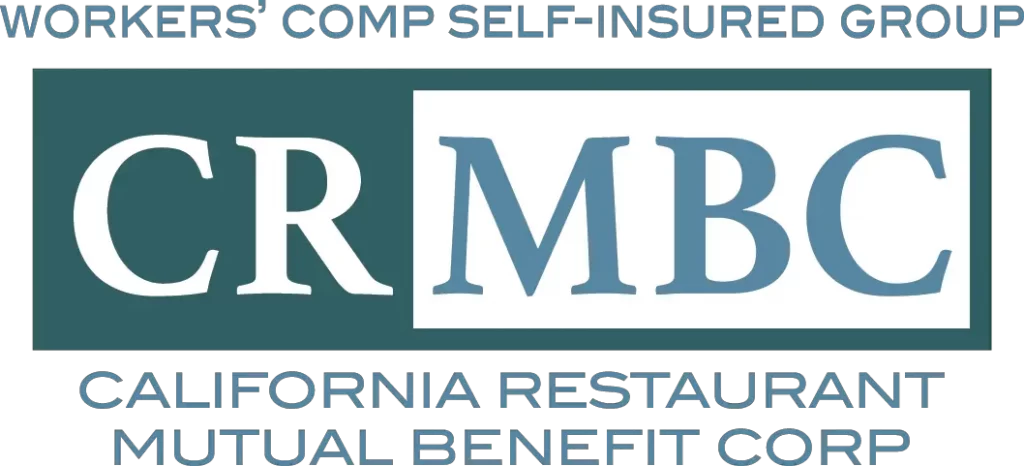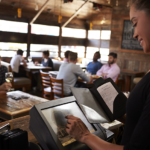As the California restaurant industry faces increasing operational costs and regulatory scrutiny, understanding the ins and outs of workers’ compensation claims has never been more critical. Restaurant operators are not just tasked with ensuring customer satisfaction; they must also navigate the complexities of claims management, particularly regarding Performance Audit Reviews (PAR).
In a recent episode of the Self Insurance Podcast, Pilar Mitchell, a Senior Partner at Michael Sullivan Associates, shared invaluable insights into PAR audits, emphasizing their importance for Third-Party Administrators (TPAs) in effectively managing claims for Self-Insured Groups (SIGs). Understanding this auditing system can give restaurant owners confidence in their TPAs’ commitment to compliance and optimal claims administration, ultimately supporting their insurer’s financial health.
What is a PAR Audit?
A Performance Audit Review (PAR) is a formal evaluation to assess how effectively workers’ compensation claims are managed. Pilar explains, “Insurance companies are highly regulated, and the state has the authority to ensure that the benefits administration is done to code.” Failing a PAR can lead to severe penalties, which may cost hundreds of thousands of dollars. This not only impacts your bottom line but can also tarnish your reputation in the industry.
The Importance of Reserves
One key aspect of the PAR audit is the evaluation of reserves—funds that must be set aside to cover potential liabilities from employee claims.
According to Pilar, “Accurate reserves are essential because they could be tied up for the life of the claim, which may even extend to the employee’s lifetime.”
Mismanagement of reserves affects cash flow and could have long-term implications for your restaurant’s financial health. The need to balance operational needs with the necessity of setting aside sufficient reserves creates a tension that restaurant owners must navigate carefully.
DWC vs. OSIP Audits
Understanding the difference between the audits conducted by the Department of Workers’ Compensation (DWC) and the Office of Self-Insured Programs (OSIP) is vital for restaurant owners. The DWC focuses on administering benefits to ensure that claims are managed according to regulations, while OSIP primarily audits the reserves to ensure businesses set aside appropriate funds. As Pilar notes, “There is a tension between business interests and the necessity to reserve adequately for claims.” This understanding can help restaurant owners advocate for their interests during audits.
Best Practices for Restaurant Owners
To avoid pitfalls during a PAR audit, here are some best practices for restaurant owners:
- Maintain Clear Documentation: Accurate documentation of all claims-related activities is crucial. Ensure that all medical reports, correspondence, and claims updates are organized and easily accessible. Pilar emphasizes that “documenting your file is the most important thing.”
- Communicate Regularly with Your TPA: Keep the lines of communication open with your Third-Party Administrator (TPA). Regular check-ins can help ensure they have the most current information, vital for accurate reserves. Pilar states, “The TPA will be imputed with whatever information or knowledge the employer has.”
- Be Proactive: If you receive new information regarding a claim, act on it promptly. As Pilar highlights, “Push the file forward by providing updated medical reports or any new orders, as these can influence the reserves significantly.” This proactive approach can prevent costly delays and potential penalties.
Learning from Real-Life Examples
Pilar shared a cautionary tale involving a TPA that received a 0% permanent disability report but failed to act on it. Two months later, the same physician issued a 5% permanent disability finding. Because the TPA closed the file prematurely, they lost the opportunity to contest the initial report.
“This situation resulted in significant penalties during an audit, showcasing the importance of timely actions and documentation in managing claims,” Pilar warns. As a result, the one finding led to a failed audit, impacting their operations significantly.
Navigating workers’ compensation audits is crucial to managing a successful restaurant. Restaurant owners can mitigate financial risks and protect their businesses by understanding the significance of PAR audits and actively participating in the claims management process.
For further insights into managing workers’ compensation effectively, subscribe to the Self Insurance Podcast or contact CRMBC for expert advice tailored to your needs.

Discover CRMBC’s expertise in workers’ compensation for California restaurants, featuring valuable insights, updates, and strategies for industry success.








